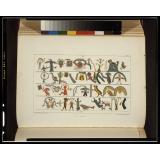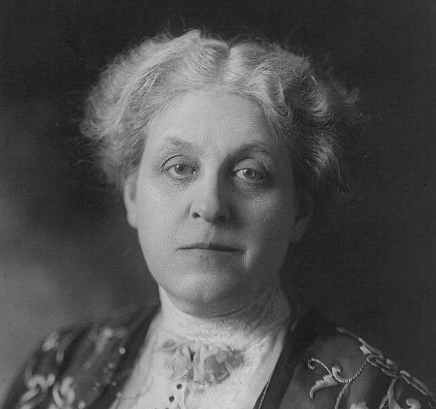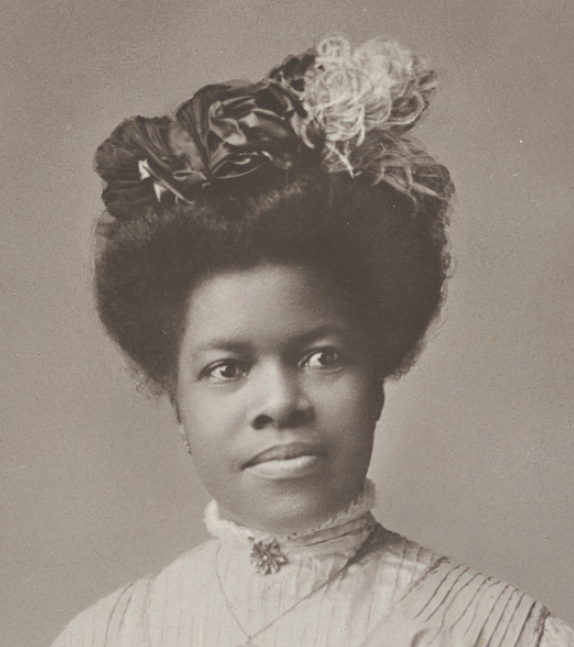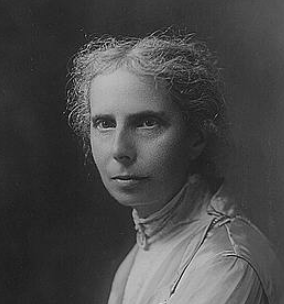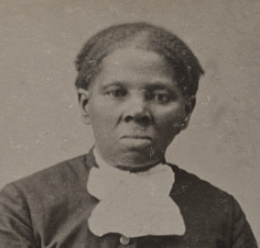I recently learned about Project 562, and the primary source photos are powerful and stunning. Project 562 was created by Matika Wilbur, and it is "a multi-year national photography project dedicated to photographing over 562 federally recognized Tribes, urban Native communities, Tribes fighting for federal recognition and Indigenous role models in what is currently-known-as the United States, resulting in an unprecedented repository of imagery and oral histories that accurately portrays contemporary Native Americans. This creative, consciousness-shifting work will be widely distributed through national curricula, artistic publications, exhibitions, and online portals."
https://www.project562.com/about
I think there are many ways to incorporate these resources into curriculum, and the website provides a curriculum guide to download.
This new Native American Legal History timeline from Street Law is accompanied by inquiry packs that take deep dives into tribal sovereignty; religious freedom; multiculturalism; resistance, resilience, and reconciliation; and boarding schools. Teacher resources have also been added to the website to guide educators in using all the interactive timelines available at Legaltimelines.Org, including those on federalism, presidential powers, rights of the accused, students' rights, and suffrage. This timeline was piloted and strengthened by our Teacher Amicus Group which included teachers of significant Native American student populations.
This interactive resource from an Indigenous-led nonprofit based in Canada features a searchable map of Native territories, languages and treaties.
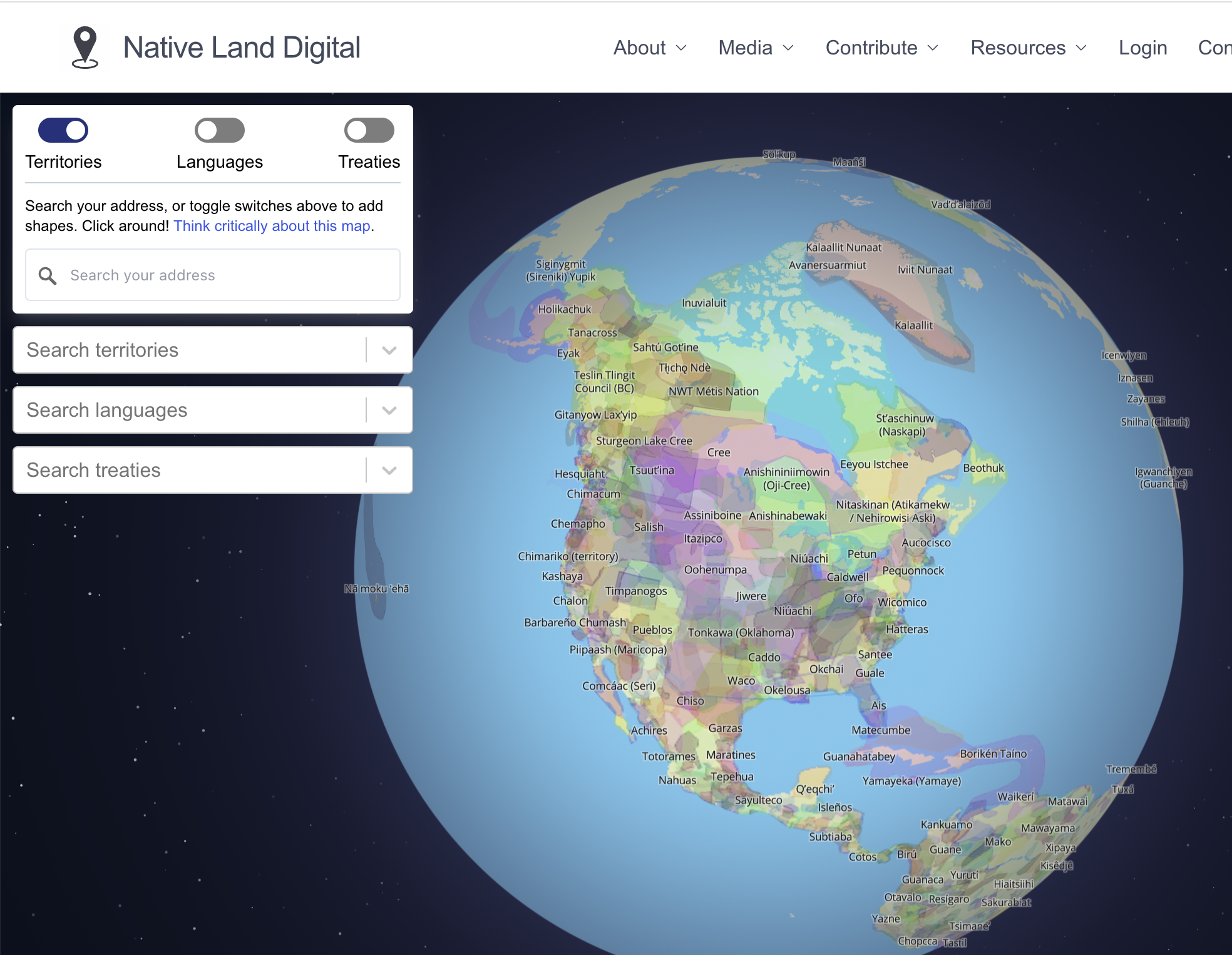
How might you use this resource?
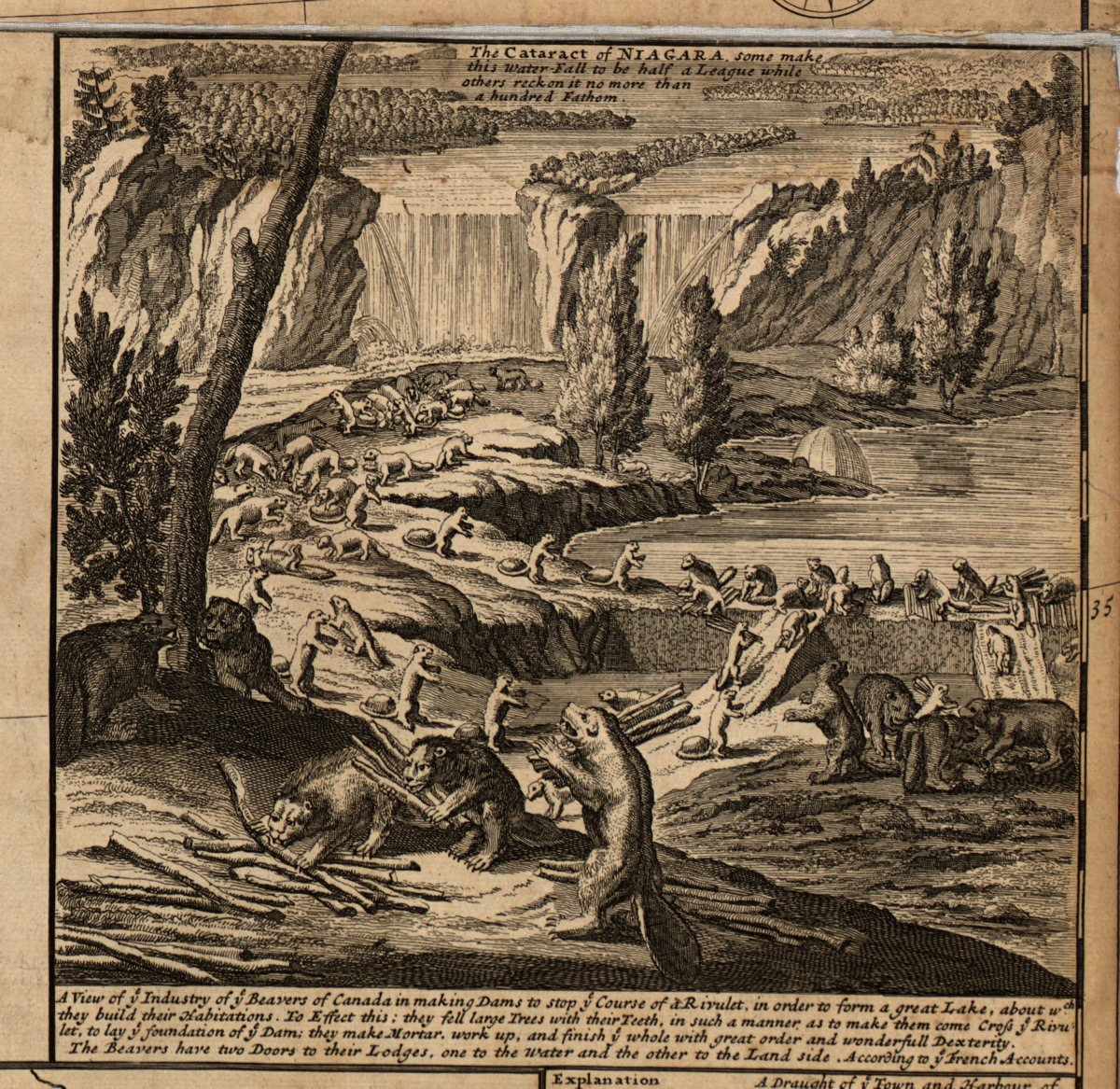
Beavers Build a Dam ~ Herman Moll 1732 LOC
A recent post by  Diana Laufenberg
entitled "History, Reexamined: Bacon’s Rebellion and the Pamunkey Tribe" included this line: Allyson Gray of the Pamunkey Tribal Council stated, "It's kind of sad that we have to rely on so many European and English documents to kind of piece together our own history. But we're able to read through the lines and really see what -- what truly was for us, from a fresh set of eyes."
Diana Laufenberg
entitled "History, Reexamined: Bacon’s Rebellion and the Pamunkey Tribe" included this line: Allyson Gray of the Pamunkey Tribal Council stated, "It's kind of sad that we have to rely on so many European and English documents to kind of piece together our own history. But we're able to read through the lines and really see what -- what truly was for us, from a fresh set of eyes."
I was reminded of this lesson I created years ago.
This lesson improves content reading comprehension and critical thinking skills with an engaging array of source documents -- including journal entries, letters, maps, and illustrations. It examines European views of Native American and the New World in the Age of Exploration. While it is a rather one-sided account, the documents also reveal a great deal about the cultural "lenses" that the Europeans "looked though."
I developed this lesson to assist high school history teachers working with struggling readers. I wanted to show them how they could scaffold learning so that all students could participate in doing the work of historians. I built the lesson around a theme which was central to their curriculum. It was designed as an essential question that would engage students in reflection about how they allowed prejudice to color their perceptions. I selected images which could be "decoded" by students with a minimum of background knowledge.
The source material contains twenty-five documents in text and image formats. I modernized historic accounts at two reading levels -- 5th and 8th grade. Each contains the same twenty five documents. A series of six exercises accompanies the lesson to guide students through the process of extracting information from the documents and constructing their own answers to the essential question.
Documents printable / viewable
3 MB pdfs
5th grade reading level
8th grade reading level
Also included are six activity Worksheets printable / viewable pdfs
Special Education English/Language Arts 6 - 8 NativeAmerican
Register for this special online event on Wednesday, September 25, 2024, from 3:30-5:00 pm ET.
In the webinar Professor Kathryn Walkiewicz will discuss the role Indigenous newspapers have historically played as a means of asserting sovereignty and countering damaging stereotypes about Native communities. Professor Walkiewicz will trace her own journey working with digitized historical newspapers from Indian Territory (present-day eastern Oklahoma) to showcase the significance of these materials for a twenty-first-century audience. She will also discuss the importance of inviting present-day Indigenous communities to steward the process of making newspapers publicly accessible through projects like Chronicling America and address some of the questions, challenges, and opportunities that librarians, archivists, and researchers might encounter as they engage in such digitization projects.
Kathryn Walkiewicz, enrolled citizen of Cherokee Nation, is an associate professor of Literature and co-director of the Indigenous Futures Institute at UC San Diego. She specializes in Native American and Indigenous studies, American literary studies, print culture, and Indigenous speculative fiction. Walkiewicz is the author of Reading Territory: Indigenous and Black Freedom, Removal, and the Nineteenth-Century State (2023) and co-edited the anthology The People Who Stayed: Southeastern Indian Writing After Removal (2010) with Geary Hobson and Janet McAdams. Her work has appeared or is forthcoming in American Literature, American Literary History, ASAP/Journal, J19: The Journal of Nineteenth-Century Americanists, NAIS: Journal of the Native American and Indigenous Studies Association, Transmotion, Walt Whitman Quarterly, and the Rumpus.
Individuals requiring ADA accommodations for this event are requested to submit a request at least five business days in advance by contacting (202) 707-6362 or ADA@loc.gov.

Theater goers in Minnesota, Wisconsin and North Dakota can now see Star Wars : A New Hope in Ojibwa. language . The film debuted in Winnipeg after Canadian tribal and government groups worked with Disney/Lucasfilm to dub one of Hollywood’s most popular films into the endangered language.
Minnesota linguistic students and a professor of Ojibwa language at a state university spoke some of the lines. Ojibwa, or Anishinaabemowin, is the second-most-popular Indigenous language in Canada. Minnesota is home to the largest population of speakers in the United States.
A linguistics student from a reservation in Northwest Wisconsin began to learn Ojibwe from U-Tube videos. He became fluent as an adult living in a Ojibwa immersion dorm and attending immersion programs on an Indian Reservation. He hopes the film will draw more people to the language and help develop a sense of pride.
Preserving and Restoring the Ojibwe Language: First Speakers Hear rhe language spoken. Twin Cities Pubic Television 1 hour documentary.
Top image: Orthography of the Ojibwa Language. Ojibwa and English on opposite pages,
Note froms Minnesota Star Tribune, Ojibwe ‘Star Wars’ arrives in Minnesota theaters this week, August 30, 2024

Above: National atlas. Indian tribes, cultures & languages : [United States]. : 1967-01-01. Note areas around Lake Superior in Canada, Minnesota and Wisconsin
Related posts
We Are still Here: Noteworthy Native Americans
6 - 8 9 - 12 English/Language Arts Social Studies/History Native Americans OOjibwa
The first game we are making is about Native American veterans from WW I to the present and since some of those registered had technical difficulties with their connections, Juliana and I recorded the session later and put it up here.
https://www.youtube.com/playlist?list=PLqlVpgp7vG24XfNlMXP56F99Sl9PppACB

Random fun fact - there were many photos I wanted to use that were copyrighted and when I mentioned the photographer's name my friend said, "Oh, that's my cousin! He comes home for our powwow every year. He always has his camera on him." So, I may ask for permission to use his photos since it doesn't seem he'll be hard to contact.

We Are still Here: Noteworthy Native Americans is a inquiry starter set collaborative album featuring 3 contemporary Minnesotans and 1 national leader.
The discussion is followup to earlier discussions, Voices of the Present and Voices of Idigenous educators Series
Everyone is invited to contribute to the album.
6 - 8 9 - 12 Social Studies/History Inquiry Starter Set Native Americans
The Osage Indian Murders took place between 1910-1930. New research suggests there were hundreds of murders. The birth of the FBI came about through the investigation of the Osage murders. The National Archives wrote a great blog post titled Researching the Osage Murders. https://prologue.blogs.archives.gov/2017/11/20/researching-the-osage-murders/
As you read the primary sources you will read references to “Indian Incompetency”. The practice of deeming Indian people incompetent is a crucial piece of how and why the murders took place. All tribes were subject to the Competency Commissions established by the Burke Act of 1906. This article will give you some background knowledge. 1906 - Incompetent Indian https://project1492.org/competency-commissions/ .
“In the 1920s, after the discovery of the presence of millions of dollars in oil under the Osage reservation, a man named William Hale hatched a plot to kill Native Americans so he could take the profits for himself.
The Osage had “headrights,” meaning they received the money from the oil. Although he was behind the murders of at least 60 Native Americans—including nearly an entire family—Hale was put on trial for only one of his victims, Henry Roan.
These crimes occurred in the early years of the FBI, which investigated and arrested William Hale and his accomplice, John Ramsey, for Roan’s murder. The other cases went unsolved; however, the FBI strongly believed Hale was responsible.” - National Archives
I am including primary sources from Chronicling America in the resource list.
Overview
- National Archives - National Archives Records Lay Foundation for Book and Major Motion Picture https://www.archives.gov/news/articles/killers-flower-moon-nara-sources
- CBS Sunday Morning https://www.youtube.com/watch?v=HYllsqLcgi
- Oklahoma Primary Sources from the Library of Congress
https://www.loc.gov/classroom-materials/usa-oklahoma/
- Osage Murders https://chroniclingamerica.loc.gov/lccn/sn82014519/1927-08-18/ed-1/seq-19
- Bismark Tribune https://chroniclingamerica.loc.gov/lccn/sn85042243/1926-01-29/ed-1/seq-8/
- Osage Nation - Reign of Terror https://www.osagenation-nsn.gov/news-events/news/did-you-know-osage-murders
- The Osage Murders https://www.youtube.com/watch?v=akT8eq2lRk0
- The Indianapolis https://chroniclingamerica.loc.gov/lccn/sn82015313/1926-01-06/ed-1/seq-12/
- Osages and Allotment # https://www.loc.gov/resource/gdcmassbookdig.osagestheirnames01thom/?st=gallery
- The Osage in Historic Newspapers Envy Ridicule and Racism https://blogs.loc.gov/headlinesandheroes/2021/11/the-osage-in-historic-newspapers-envy-ridicule-and-racism/
- The Bismarck January 1926 https://chroniclingamerica.loc.gov/lccn/sn85042243/1926-01-20/ed-1/seq-1/#date1=1756&index=16&date2=1963&words=murders+Osage&searchType=basic&sequence=0&state=&rows=20&proxtext=osage+murders&y=0&x=0&dateFilterType=yearRange&page=1
- William Hale. (2024, August 1). In Wikipedia. https://en.wikipedia.org/wiki/William_King_Hale
 William Hale
William Hale
Osage Indian murders. (2024, July 22). In Wikipedia. https://en.wikipedia.org/wiki/Osage_Indian_murders
 https://www.newspapers.com/topics/crimes-mysteries/osage-murders/
https://www.newspapers.com/topics/crimes-mysteries/osage-murders/
Two Teaching Strategies to Explore
S-I-T: Surprising, Interesting, Troubling https://www.facinghistory.org/resource-library/s-i-t-surprising-interesting-troubling
An activity based on the S-I-T strategy provides a quick and straightforward way for students to engage with a text, image, or video. In this activity, students identify what they find surprising, interesting, and troubling about the material. Because the activity gives students an opportunity to process and articulate a short response, it’s especially useful when students are encountering material they find shocking or an outcome that is counterintuitive.
The ‘SOAPSTone Technique’ Teaching Strategy https://www.edweek.org/teaching-learning/opinion-eight-ways-to-teach-with-primary-sources/2021/03
“Once students have mastered the ability to analyze individual primary sources, teachers can begin the process of teaching them how to work with multiple primary sources. A teacher can do this by putting five or six documents in a folder and then asking students to answer a question about the documents by physically manipulating them into groups.
In my own classroom, I do this by organizing my students into groups and giving each group a folder full of documents related to a particular topic—say, the Industrial Revolution. In this case, the prompt, which appears on the front of the folder, asks them to analyze the impact of the Industrial Revolution on American society during the 19th century. By reading the documents and working together, my students are able to recognize that some of the documents specifically discuss the negative effects of air and water pollution created by the Industrial Revolution; some of the documents specifically discuss the rise of labor unions in response to the terrible working conditions created by the Industrial Revolution; and some of the documents specifically discuss the growth of cities. Then, using evidence from each of the documents, my students can write an essay in which they argue that the Industrial Revolution led to urban growth, air and water pollution, and the rise of labor unions in the United States during the 19th century.” - by Kevin Thomas Smith

 Cheryl Best
Cheryl Best

 Mary Johnson
Mary Johnson
 Cheryl Davis
Osage Murders
Osage
Burke Act 1906
Ask a Mentor Aug 2024
Cheryl Davis
Osage Murders
Osage
Burke Act 1906
Ask a Mentor Aug 2024
This series from the Aurora Institute came through my email this morning and I thought it would be of interest to folks. While not *specifically* about history/primary sources, each of the installments talks about the current efforts within Indigenous communities and education.
- Voices of Indigenous Educators Series: “How do we prepare them? Sure, academics play a part, but holistic wellness does too.” – Sage Fast Dog
- Voices of Indigenous Educators Series: “We are still here, and we are going to flourish” – Dana Haukaas
- Voices of Indigenous Educators Series: “We’re all in this canoe together.” – Sui-Lan Hoʻokano
Testimonials
- I love that there is new info on the site daily!
- I had a wonderful time working with the Library of Congress and learning about all of the resources at my fingertips!
- The TPS Teachers Network has an equal exchange of ideas. You know it's not a place where you're being judged.
- My colleagues post incredibly fine resources and ideas....the caliber of the suggestions and resources make me feel that I take a lot from it. It's a takeaway. And I hope that I can give back as much as I get.
- Going into this school year, I have a fantastic new resource for my own instruction and to share with my colleagues!
- I am very glad that I discovered the TPS Teachers Network through RQI. Great resources can be hard to find out there on the internet!

